Special feature of 1905 film network "See you at the cinema after the epidemic!"On August 5,The Battle at Lake ChangjinThe film released a notice: In order to cooperate with the epidemic prevention work and effectively control and reduce the spread risk of the new round of COVID-19 epidemic, the film originally scheduled to be released on August 12th will be postponed.

More than five years of script polishing, more than two years of careful preparation, more than 70,000 extras, and large-scale preparation of costume props and military equipment all make The Battle at Lake Changjin one of the most anticipated films of the year.
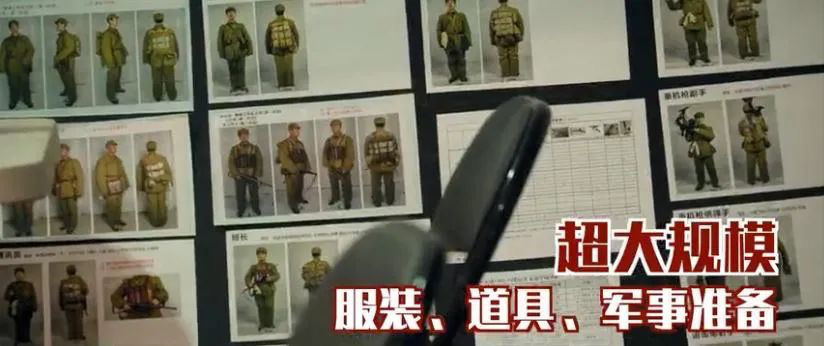
For a historical war movie, costume props are undoubtedly an important part to ensure authenticity. According to clothing modeling director Ji Lei, the total amount of clothing in The Battle at Lake Changjin, including military uniforms of various arms and casual clothes of ordinary people, amounts to tens of thousands of sets.
Ji Lei sighed: "The preparation time, the volume of the film, and the details of the clothing are all facing great challenges."
While waiting for the release of The Battle at Lake Changjin, let’s follow the lens of "Behind the Scene" and make a special trip to the costume prop library of the film, and listen to Ji Lei, the costume styling designer, and li ke, the military director, reveal the secret behind the scenes for us.
Start with details and restore history
"The biggest principle is to restore history. As big as the plot setting and the story direction, as small as a costume and a prop, it must come from history. " Li ke said so.
In the process of preparing and designing military uniforms, Ji Lei and the team also consulted a lot of historical materials. "It can be said that we should check everything, compare various professional materials, and finally determine the style in the play."
The two most common military uniforms in movies are "Type 49" and "Type 50". "Type 49" single coat has four pockets, while "Type 50" thin cotton-padded jacket has only two pockets, which is the biggest difference intuitively.
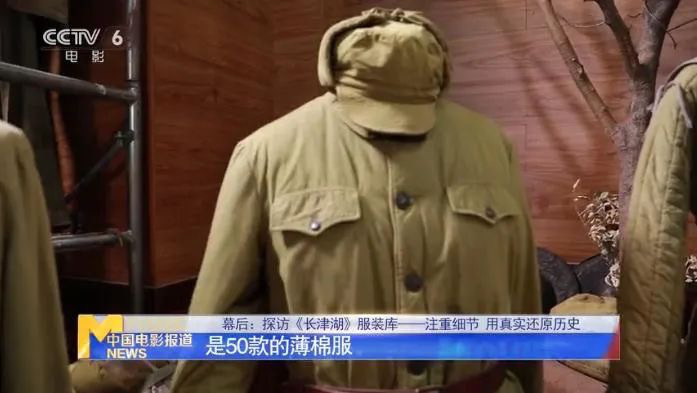
Because of the main force in the battle of Changjin Lake — — Chinese people’s Volunteer Army’s 9th Corps, originally a unit in East China, was ordered to enter the DPRK urgently. Without complete cold protection equipment, many soldiers resolutely went to the battlefield wearing thin cotton-padded jacket and single shoes and hats.
"The temperature in North Korea has reached MINUS 30 or 40 degrees. These thin cotton-padded jacket are no different from single clothes on the battlefield. The feet wearing single shoes are frozen and can’t be taken off with shoes. It is very tragic." Ji Lei said with emotion.

In order to keep warm, the soldiers came up with a lot of "indigenous methods" for emergency rescue, which were also added to the relevant designs of The Battle at Lake Changjin by stylists. For example, cuffs and trouser legs will be tied tightly with cloth strips, shoelaces and leggings to prevent wind and snow. In order to keep their hands warm when shooting, soldiers will also wrap leggings around their hands as gloves.
"Cotton" is more widely used. "They will take out the cotton in the quilt and stuff it in the coldest place to keep warm. When they are injured, they can take it out to stop bleeding. When they are lurking, they will’ reverse their clothes’ and expose the lining to resist air strikes." Ji Lei explained.
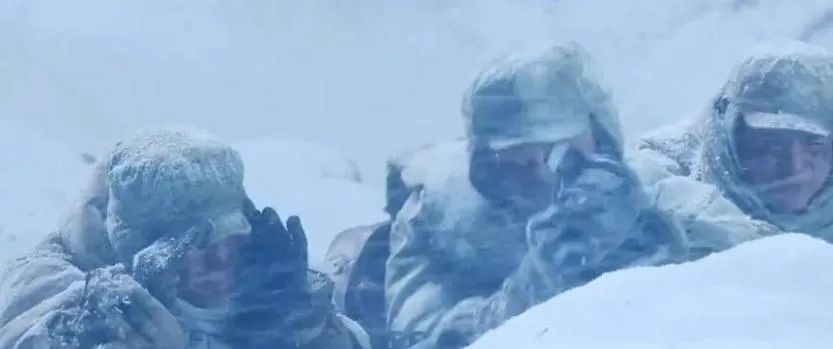
In order to truly restore the arduous war environment, The Battle at Lake Changjin used a large number of real-life shooting, from the extremely cold winter to the slightly hot early summer. Climate change is a great test for actors and props.
In the coldest period, the temperature of the night show is close to MINUS 20 degrees, but according to the shooting requirements, many actors still wear thin summer clothes. "We have added as many warm measures as possible, but it is still not enough," said Ji Lei.
As the weather gets warmer, cooling down has become a difficult problem. "In May and June, it is even more painful to show the feeling of cold when wearing cotton-padded jacket. They have experienced the coldest and hottest, and it can be said that they insist on biting their teeth every day. "
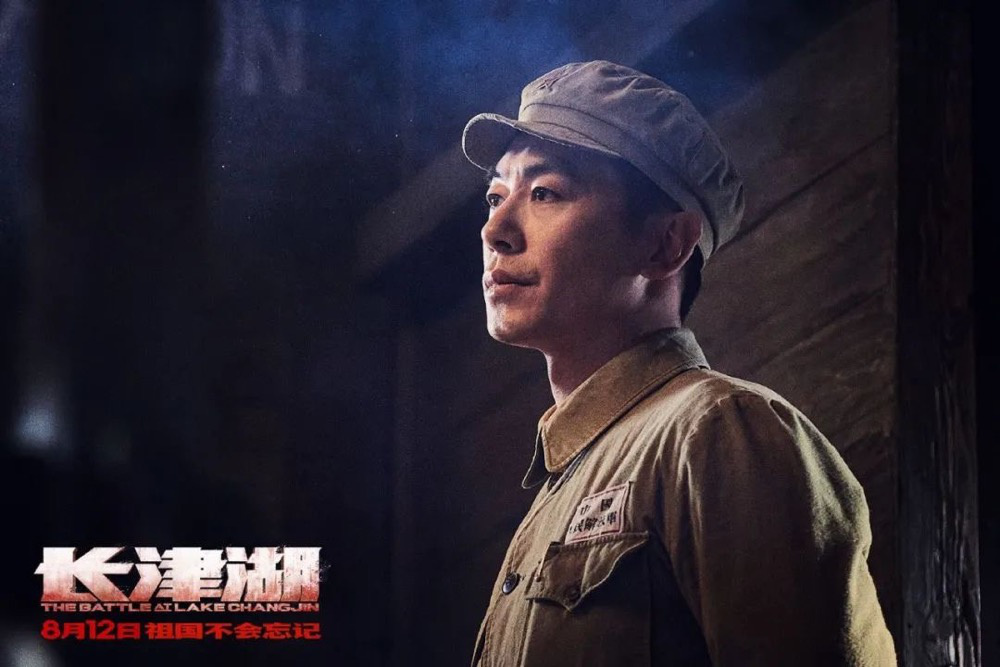
Service story, tailored
On the one hand, the true texture of The Battle at Lake Changjin’s costume props comes from accurate restoration. On the other hand, Ji Lei and the team will also "tailor-made" costume modeling according to the plot and characters, as he said: "Clothing serves the plot and characters."
Volunteer soldiers waded through mountains and rivers, and their uniforms were inevitably seriously worn out. Therefore, the clothes in the later stage of the film should be "worn out".
The process of making old clothes is very complicated. From the initial dyeing, fading with chemicals, to the machine, manual polishing, and finally drying, it takes seven or eight steps to make a set of the simplest clothes "old".

The uniforms of the starring actors have to be worn out more than a dozen times, and they have to be adjusted manually according to the characteristics of different characters.In addition, there are a lot of dirty effects, injury effects, fire and ice and snow effects in the details of clothing, which fully shows the cold weather conditions and the tragic war at that time.
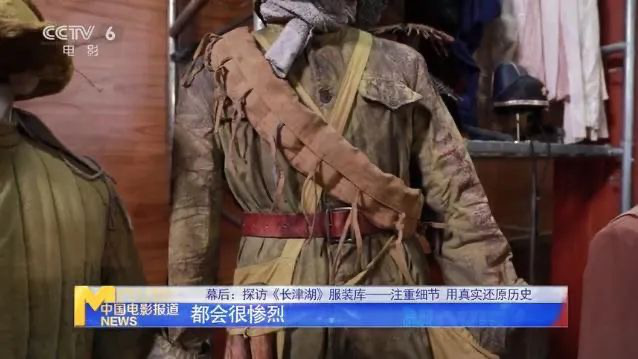
The same military uniform, how to highlight the different personalities of the characters? Ji Lei chose to start from a small place, adding ingenuity to the design according to the characteristics of the characters and specific events.
"For example, as Wan Li, he stole to join the army. In the scene of joining the army on the train, the uniform we gave Wan Li was much larger than his actual number, and the texture would be much newer than that of the veterans, "said Ji Lei.
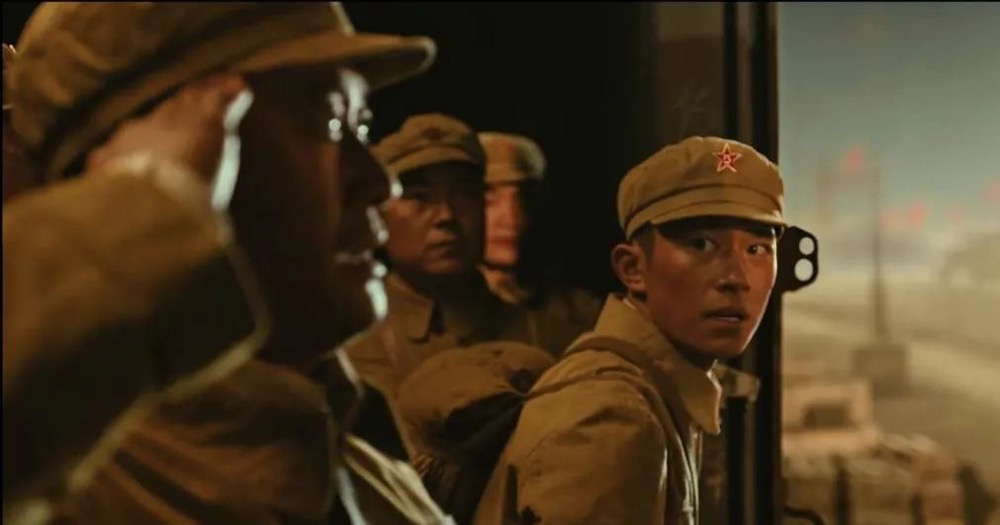
"And when receiving supplies at the train station, a girl took off her scarf and threw it to Wan Li. Wan Li wore this scarf until the end, and this touch of red became a bright color on this character."
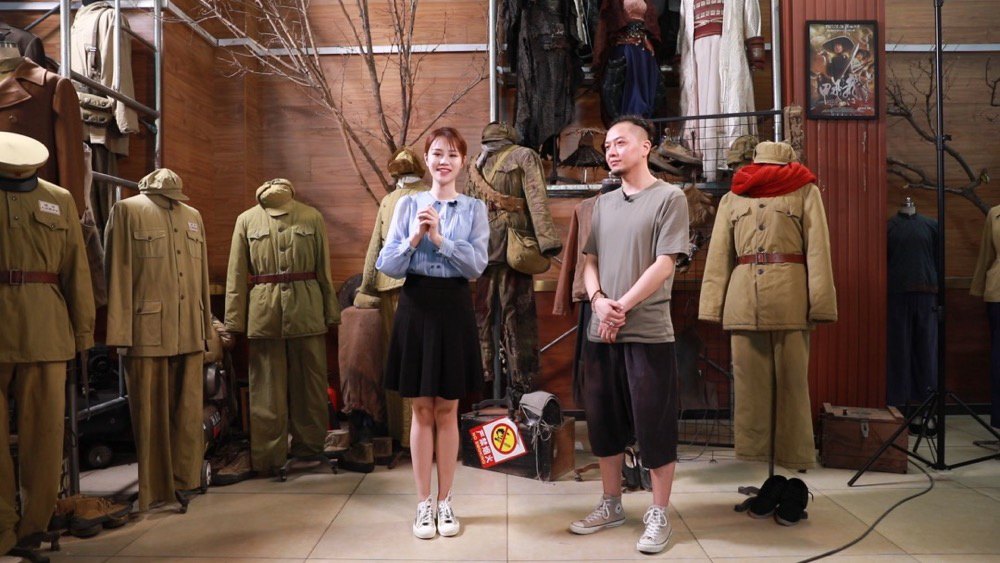
If Jackson Yee’s costume is the most distinctive, then Lei Gong, the platoon leader of the artillery platoon, is the "most wasteful".
At the end of the scene, Lei Gong was burned all over with an incendiary bomb and died heroically. "In order to reflect this process, we prepared nearly 20 sets of clothes for him to show the different stages of combustion. When the director saw this suit, he was very moved, and we couldn’t help crying when we saw the effect of the film. "
Real guns and props are exquisite
In addition to trying to be real in clothing, every prop on the volunteer soldiers is also well documented. Take the infantry as an example. On the chest, there is a cloth bullet bag, which is specially used to hold 38 rifle bullets. The base number of ammunition for individual soldiers is 40 rounds.
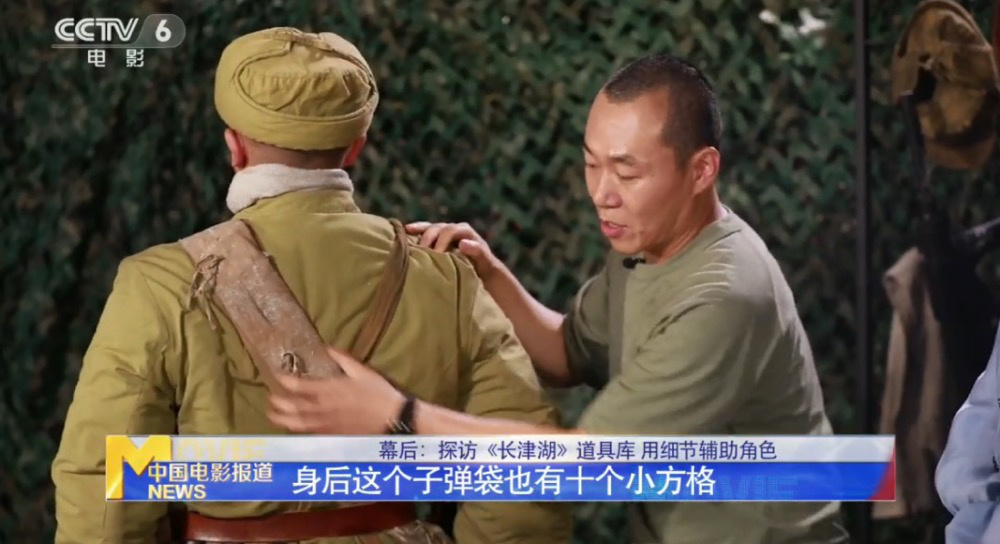
On the back of the right back is a "50-type" kettle and satchel, which are used to hold personal belongings; On the left is the Grenade bag of Shikang. This way of carrying "left fighting and right living" is just the opposite of the "right fighting and left living" of the contemporary People’s Liberation Army, and it was also one of the characteristics at that time.
Many viewers don’t know that in addition to daily necessities, soldiers often carry pens, whistles and other small objects with them. li ke and the prop team also added these to The Battle at Lake Changjin’s design. "This is a detail that many film and television dramas completely ignore. We discovered this through studying history and wanted to restore it as much as possible."
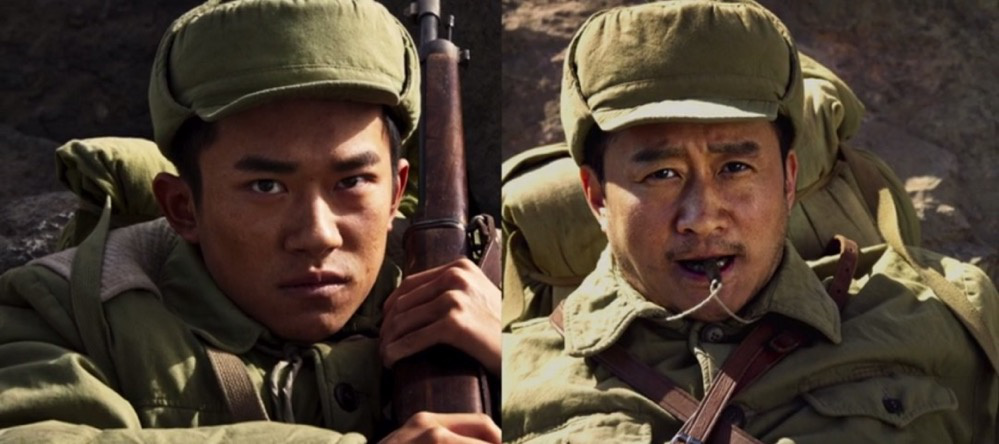
For a war movie, weapons and equipment are naturally indispensable and important elements. According to li ke, the ordinary infantry in the film is equipped with a Type 38 rifle, which is also one of the most used guns by the volunteers at that time. "When choosing weapons in the DPRK, we must consider the issue of logistics supply, so we must choose the weapons that are used the most, the most familiar and the most adequate ammunition supply."
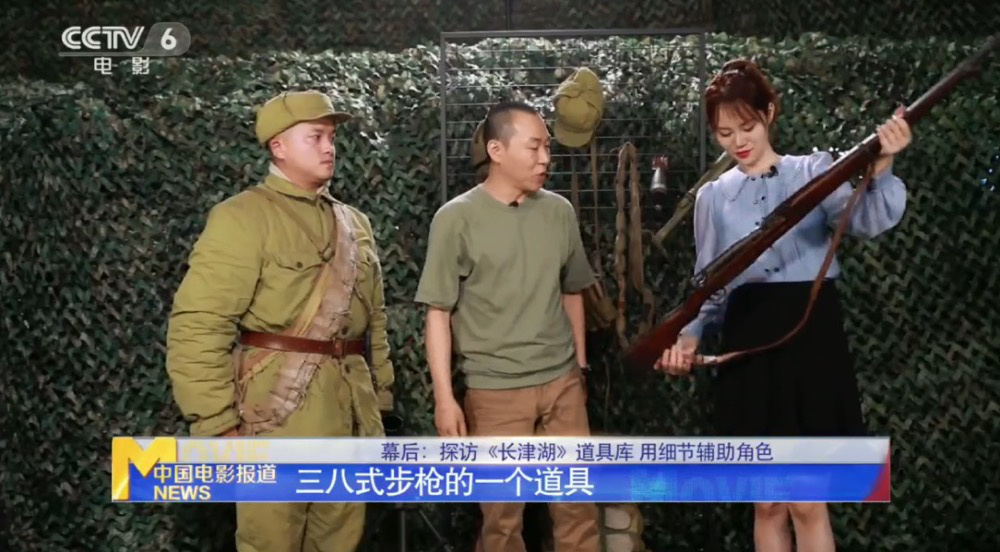
Different arms and identities will also have "customized" weapons and equipment. For example, Wu Qianli is the company commander of the seventh company, who is mainly responsible for management and command. The pistol, commonly known as the "box gun", is used the most.
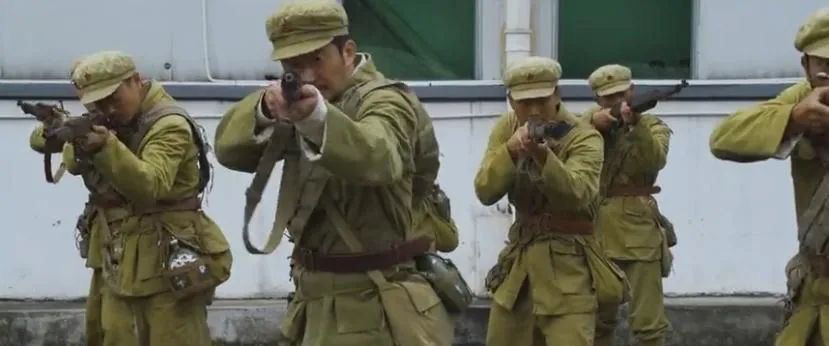
Wu Wan Li, played by Jackson Yee, started as a volunteer soldier, but in the middle and late stage, he began to seize weapons from the enemy, and the firearms used in the later stage became a carbine of the US military.
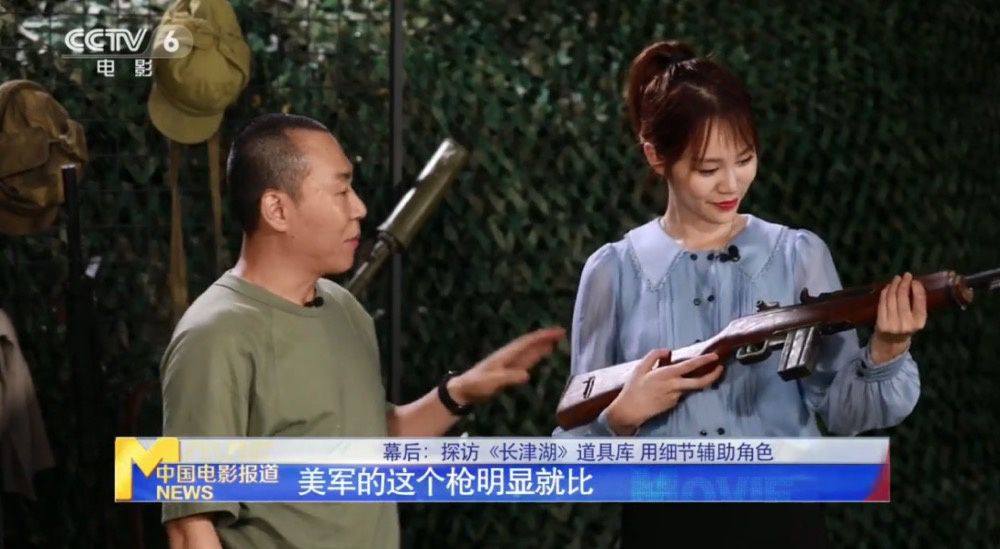
The role of Pinghe is a "sharpshooter". In addition to the Type 38 rifle, he will also use the Japanese Type 99 light machine gun. "It can hold 30 rounds of ammunition, and it has special skills in continuous firepower and suppression of the enemy. There are more than 100 people in the whole company, and the sharpshooter may be one or two people. They will pick out the guns with the best gun condition and the best accuracy for them to use. "
The platoon leader played by Hu Jun is even more special. What he operates most is a mortar with a caliber of 60 mm. "It’s not big, but it’s powerful. It’s light and handy. You can carry it over mountains and mountains and transfer it quickly." Li ke said.

In the process of searching information, li ke also found a touching detail: when setting up a gun, it is generally necessary to dig a small hole in the rock with a pickaxe, but because of the low temperature, the stone is frozen hard in many places. The artillery soldiers chose to put the gun directly on themselves and use the flesh as the base.
"Recoil will do them great harm, but the volunteers’ heroes are full of fearless sacrifice, regardless of their own safety."
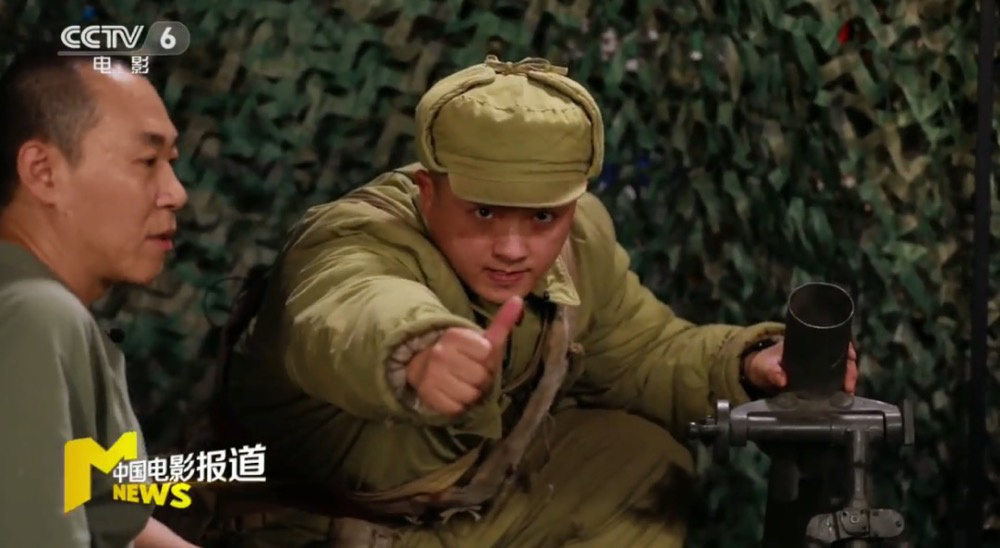
In addition to weapons and equipment, there is a special prop in the prop library — — Potatoes blackened with cold.
Li ke said that this was the most important "food ration" of the volunteers at that time. When marching, it would be put in your arms, under your arm, and when it melted, you would take it out and chew it for two times. If you couldn’t chew it, you would put it back to heat it. In the play, you also specially designed a bridge where frozen potatoes broke your teeth.
"When we looked up the information, we found that a middle and senior commander can’t eat one or two potatoes on average every day, and it is even harder for soldiers in front-line operations. It is very difficult to have a potato with a broken tooth."

Without complete cold protection equipment and adequate food supply, the volunteers won one tough battle after another in such an arduous environment, relying on the revolutionary heroism spirit of heroic tenacity and risking one’s life to forget one’s death.
Zhao Guozeng, head of some costumes in The Battle at Lake Changjin Xinxing Lane, told us frankly that the filming lasted nearly 200 days, many of which were night shows in the cold winter. The crew members spent dozens and hundreds of nights together, which was a great test for both body and mind.
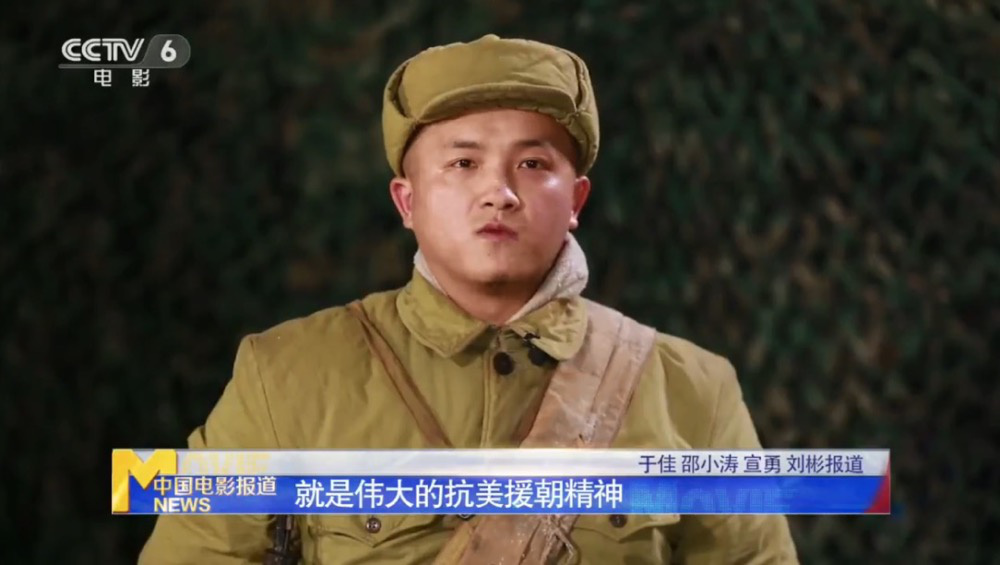
But he also deeply felt the heavy sense of mission on his shoulders. "When we checked the information, we kept crying silently. I feel that I have the responsibility to restore this history to the maximum extent through hard work, and let the next generation know that today’s peace was bought by our ancestors with their lives and blood. After the film is released, I will definitely take my daughter to see it. If she can really understand the difficulty of peace, that is our greatest achievement. "